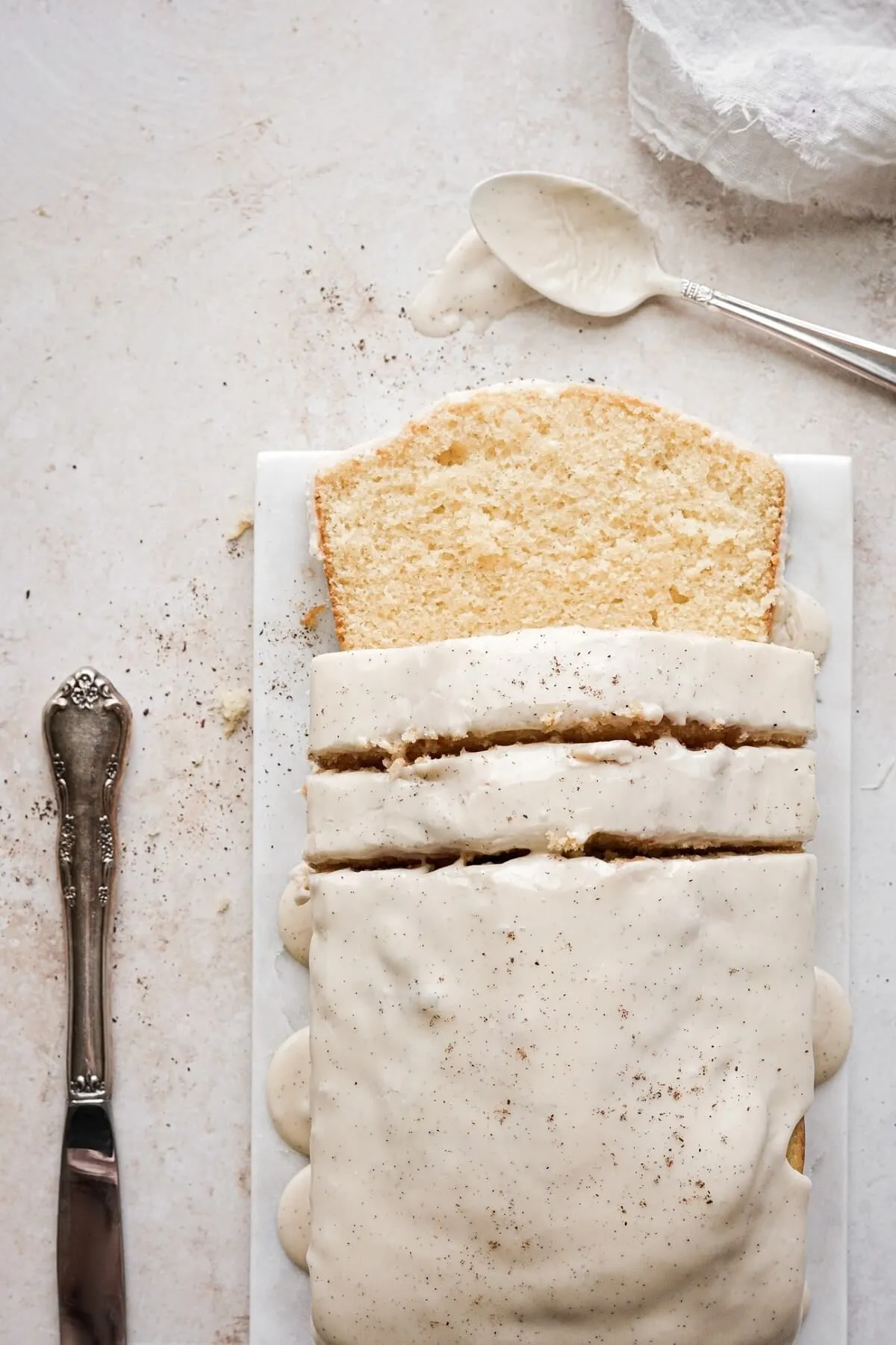Are you tired of flat, disappointing cakes that fall faster than a lead balloon at high elevations? Get ready to unlock the secret to a perfectly moist, delectable vanilla loaf that will rise to the occasion—literally! This high-altitude vanilla loaf cake is your culinary superhero, designed to conquer the challenging baking conditions that typically leave home bakers frustrated and cakeless. With our foolproof recipe, you'll transform your kitchen into a high-altitude baking sanctuary, creating a dessert so divine it'll make mountain-dwelling bakers weep with joy!
Prep Time: 20 mins
Cook Time: 45 mins
Total Time: 1 hrs 5 mins
Cuisine: American
Serves: 10 servings
Ingredients
- 2 cups all-purpose flour
- 1 cup sugar
- 1/2 cup unsalted butter, softened
- 1 cup milk
- 3 large eggs
- 1 tsp baking powder
- 1/2 tsp salt
- 2 tsp vanilla extract
Instructions
- Preheat your oven to 325°F (165°C). This lower temperature is crucial for high-altitude baking to prevent the cake from rising too quickly and then collapsing.
- Grease a 9x5 inch loaf pan thoroughly with butter or cooking spray. For high-altitude baking, consider lining the pan with parchment paper to ensure easy removal.
- In a medium bowl, sift together the all-purpose flour, baking powder, and salt. Sifting is especially important at high altitudes to prevent clumping and ensure even mixing.
- In a large mixing bowl, cream the softened butter and sugar together using an electric mixer until light and fluffy, approximately 3-4 minutes.
- Add eggs one at a time to the butter-sugar mixture, beating well after each addition. Scrape down the sides of the bowl to ensure even incorporation.
- Stir in the vanilla extract, mixing until completely combined.
- Gradually add the dry ingredients to the wet ingredients, alternating with milk. Begin and end with the dry ingredients, mixing on low speed just until combined. Overmixing can cause a tough texture at high altitudes.
- Pour the batter into the prepared loaf pan, smoothing the top with a spatula. Tap the pan gently on the counter to release any air bubbles.
- Bake in the preheated oven for 45-50 minutes. At high altitudes, begin checking for doneness around 40 minutes by inserting a toothpick into the center - it should come out with just a few moist crumbs.
- Remove from the oven and let the cake cool in the pan for 10 minutes. Then, turn out onto a wire rack to cool completely.
- Once cooled, slice and serve. The cake can be stored at room temperature in an airtight container for up to 3 days.
Tips
- Temperature is Your Best Friend: Always lower your oven temperature by 25°F compared to standard recipes. This prevents rapid rising and subsequent collapse.
- Moisture Matters: High-altitude baking tends to dry out baked goods quickly. Use extra moisture-rich ingredients like milk and butter to keep your cake tender.
- Reduce Leavening Agents: At higher elevations, baking powder acts more aggressively. Consider reducing it slightly to prevent over-rising.
- Mix with Precision: Mix ingredients just until combined. Overmixing can develop too much gluten, resulting in a tough cake.
- Use the Toothpick Test: Always check for doneness earlier than the recipe suggests. A few moist crumbs on the toothpick indicate a perfectly baked cake.
- Pan Preparation is Key: Thoroughly grease your pan and consider using parchment paper for easier removal and more even baking.
- Let It Rest: Allow your cake to cool completely before slicing to ensure the best texture and prevent crumbling.
Nutrition Facts
Calories: 285kcal
Carbohydrates: g
Protein: g
Fat: g
Saturated Fat: g
Cholesterol: mg

